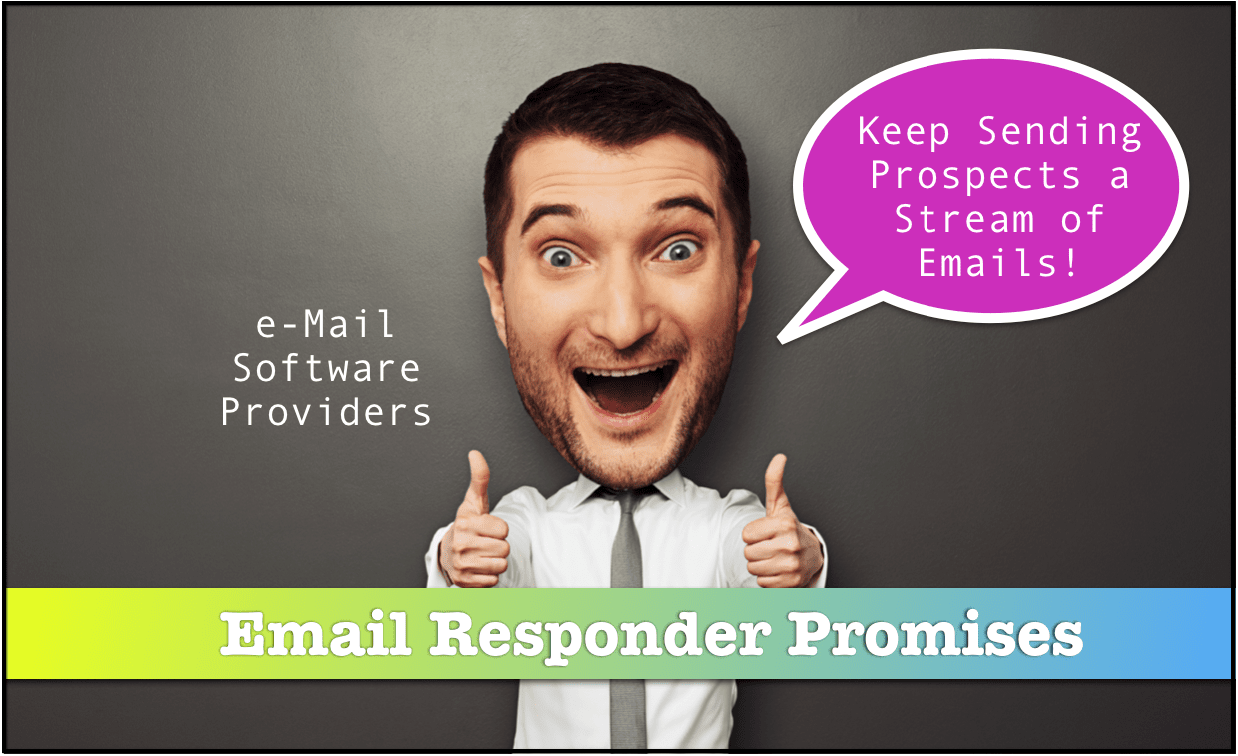The Complications For Smaller Software Vendors in Leveraging Email Marketing
Executive Summary
-
- Email marketing campaigns are considered a fundamental feature of marketing.
- Yet, there are many limitations that email vendors and other email proponents never discuss.

Introduction
This is one area of software marketing where I don’t have sufficient experience to write anything helpful from the provider side. However, as a researcher, I am often the recipient of vendor emails, and I find most of them annoying and opt-out usually by the second one. There are a few reasons for this.
Our References for This Article
If you want to see our references for this article and other related Brightwork articles, see this link.
Reason #1: The Temporary Nature of My Interest in Various Vendors
Normally, I sign up for an email campaign that continues long after moving on to other topics. This is more of an issue unique to me as I am constantly moving to new topics. However, this also impacts regular readers. It is just sporadic that a person’s interest stays at the same level for months on end. However, this is the design of email campaigns. The frequently taught rule of thumb is that a prospect must be exposed to your content 7 times before making a purchase. However, keeping their interest over six weeks (if you count the first website visit as exposure and if you send a follow-up email once per week) is not a simple endeavor.
I am trying to think of a vendor that held my attention and for which I did not opt-out relatively quickly when the emails began to arrive, and I can’t think of one. A major problem is email fatigue. What sounds good when one entity does it becomes overkills when literally every entity that people visit tries to do it. The nagging creates a strong desire for self-protection and to make the email campaign stop.
Reason #2: The Lack of Quality Content with Most Vendors
Generally, most vendors do not have a good enough database of interesting articles to make signing up for an email campaign a desirable endeavor. The problem with email campaigns is that the article quality is often not where it needs to be, to begin with. And the promotional nature of the content makes it seems less like you are being provided with useful information and more like you are aggressively sold.
Sending out generic content written by the lowest cost options in the office will not gain traction with readers and lead to opt-outs.
Reason #3: The Opt-Out Rate in the Campaign Email Sequence
In the testing we have performed, there is a significant drop-off between emails in the sequence. This means you have to have a large number of subscribers before you break through to a small base that stays with you for the entire sequence. Just imagine if 1/2 drop out or opt-out on each sequence. It gets to be a tiny group at the end. There are email marketing applications like Constant Contact and MailChimp, and many others that never bring up these topics.